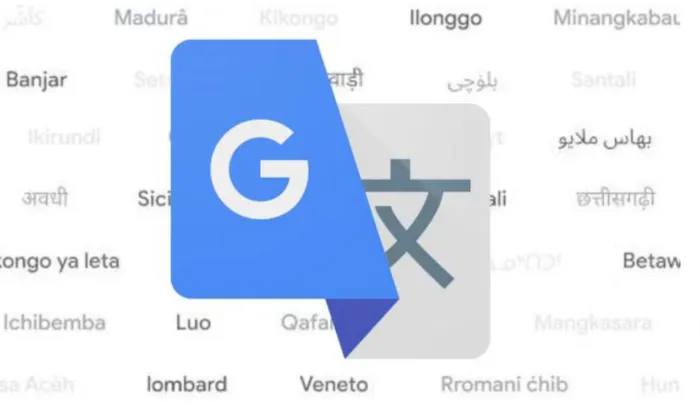
When Google was launching its AI products, African languages were no where to be seen. Now that Google Translate has expanded its support of African languages we are likely to interact with our Android devices using African languages. Google has recently announced the inclusion of 110 new languages, that also includes South Africa’s TshiVenda and siSwati, bringing the total number of South African languages available to nine. This AI-powered expansion is Google’s biggest ever, geared to help people better communicate and connect.
Part of Google’s 1,000 Languages Initiative, which uses AI models to support the 1,000 most spoken languages around the world, the latest expansion uses the PaLM 2 large language model. It follows the addition of 24 languages in 2022, which used Zero-Shot Machine Translation.
This expansion also represents the largest addition of African languages, with about a quarter of the newly supported languages coming from the continent, says Google SA’s Communications Manager, Siya Madikane.
Approximately 1.2 million South Africans speak TshiVenda, while siSwati, an Nguni language, is spoken by around 1.5 million people living in Eswatini and South Africa. Their addition brings to nine the number of South African languages available on Google Translate, with Afrikaans, English, Sepedi, Sesotho, Xhosa, XiTsonga and Zulu having been added in previous expansions.
The 110 new languages, which include Fon (primarily spoken in Benin) , Kikongo (Republic of Congo, Gabon and Angola), Luo (Kenya and Tanzania), Ga (South Eastern Ghana) and Wolof (Senegal), represent more than 614 million speakers, making translation available to an estimated 8% of the global population.
“Language is an essential part of how people communicate, understand, and interact with the world around them so we are very excited about this latest expansion,” says Madikane.
Among the other languages included in the latest role out, are:
Madikane says a lot of consideration goes into new language additions for Google Translate, ranging from which languages to include to the use of specific spellings. “Many languages do not have a single, standard form, so learning the specific dialect that is spoken the most in an area is more feasible. Our approach has been to prioritise the most commonly used varieties of each language,” he says.
PaLM 2 played a crucial role in assisting the team translate more efficiently and learn languages that are closely related to each other. As advancements in technology continue to occur, Google will continue to partner with expert linguists and native speakers - to support even more language varieties and spelling conventions over time.
To learn more about Google's latest expansion of Translate, visit the Help Center. You can also get started translating at translate.google.com or on the Google Translate app on Android and iOS.
This is a step in the right direction by Google. It requires more support from local entities such as universities and African governments. A technology company can only do so some much to preserve local languages online. African languages translation online ought to be driven by local entities and supported by technology companies.
